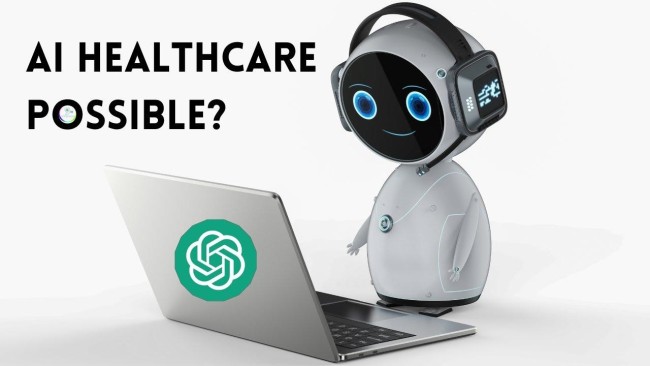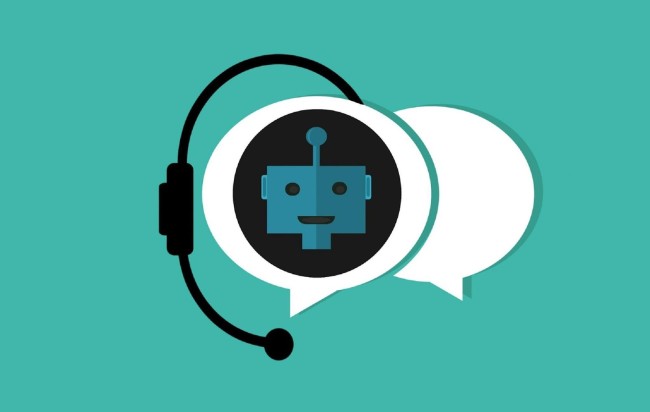The healthcare system is the engine of global improvement of human well-being and lifespan. It always improves the ways of treating diseases and promotes mental and physical health.
Despite such advancement in the overall system, locally developed medical help is often a matter of dispute. The cost of the services is often unaffordable, and doctor‘s appointments can be expected for weeks.
The situation changed qualitatively after the introduction of health apps and AI into health care. Apart from taking all the medical care about a patient to a new level, it also eliminated the distance between patients and medical help.
The healthcare software development services are doing a great job of creating health apps, which help people track their health and all the changes related to it. Besides, now every user is more aware and alert of their health condition, which is helpful for an early diagnosis.
The health apps eliminated the stage of fear, which prevented a lot of the patients from the doctor visiting, and made the whole system closer.
Artificial intelligence has changed the way the whole system functions, as it performs all the routine tasks including patient data management and drug prescription, and even managing minor cases of illnesses, with the help of chatbots.
The AI chatbot is a tool that is designed specifically for the simulation of a conversation with a real person. AI-powered chatbots help patients with the simplest health problems right when the patient needs them.
The major benefits of AI healthcare chatbots are:
1. 24/7 access
Everyone knows that getting medical help is a challenge unless there’s a life-threatening condition. Chatbots are always available making the whole experience less stressful.
2. Health-saving
People can wait days and weeks for the doctor’s appointment, and their health conditions can worsen in the meantime. Chatbots help to save time, and thus, health, giving the consultation right away.
3. Cool head
Chatbots aren’t susceptible to life matters, and hence, they are more ‘focused’ on specific patients with specific requirements. Doctors, however, may have bad days as well, not noticing important details in the person’s condition, which influences the diagnostic and diagnosis.
4. Emergency help
Chatbot analyses the person’s answers and can define if the condition is life-threatening and requires real medical help, or if the person is just panicking, as the symptoms are ordinary for certain states.
The usage of chatbots has also reduced significantly the cost of medical help, which influences positively the overall user experience.
While AI-powered chatbots seemed to be the frontier in healthcare system development, everything changed a few months ago with the introduction of chatGPT, which took the healthcare system to a yet new level.
Hospitals and clinics are implementing chatGPT into their system using the custom AI development company services to provide a better experience for their patients.

ChatGPT and chatbot seem to be alike, as they are both conversational agents, which are created to communicate with people (patients) imitating a real conversation. However, in terms of human care, there are a few major differences:
- ChatGPT is a language model that implements learning techniques to create human-like responses. The end-user gets the feeling of talking to a real person (doctor). GPT is trained using thousands of cases and data related to physical and mental health, thus, the conversation can go any way, changing its direction at any moment.
- Chatbot, however, is quite a rigid variant of help. It functions as a tree-structured help, where the patient gives the keywords and follows a certain algorithm. It doesn’t possess the same flexibility as the ChatGPT.
- ChatGPT has more knowledge and can analyze the off-the-algorithm data, therefore, making more precise diagnostic and testing.
- Chatbot follows strictly the algorithm and can omit the unforeseen (untaught) symptoms, which can fail the diagnostic stage and thus, lead to a worsening of health conditions.
- ChatGPT is more human-centric, as it adjusts more to the human’s mood and voice.
ChatGPT and chatbots are both useful for providing patients with medical help even in remote places. They have proven their efficiency with diagnostic tasks and online consultations, bringing the overall treatment experience to a new level.
However, despite all the benefits, there are significant downsides, which can influence the reliability of the received medical help.
1. Incomplete diagnostic stage
While chatbots can help with minor health issues, which include a few light symptoms, more serious and atypical conditions may not be spotted, and thus, lead to health deterioration. Besides, both chats don’t read the body language, which is a part of health assessment as well.
Simply saying, the chats are good at resolving the front-end issues, the visible and obvious ones, however, they can fail with the back-end, as some essential things can only be noticed with palpatory methods.
2. Decrease in doctor’s professionalism
Doctors learn and develop their skills by treating patients. By having years of practice, they develop real-life professional wisdom and can tackle various diseases differently, taking into account the whole history of the patient.
If the doctors have limited access to such training, their ability to spot hidden problems can decrease as well.
3. Lack of trust in clinics
Patients may be fully satisfied with the chat advice on treatment, ignoring the necessity of regular health checks with a real doctor. Such a neglectful attitude to health can play a bad trick in the future.
The implementation of AI into the healthcare system is a huge advantage, as it makes medical help more accessible and available for those who struggle to pay for it, are located in remote areas, or are just always overscheduled with work duties. It helped to automate plenty of routine processes within the system functioning, living more space for patient care.
The chatGPT and chatbots are both well-taught solutions for tackling health issues and more is yet to come, as all their opportunities are still being explored. The chatGPT, however, is more flexible when communicating with the patient, making it seem more real.
Despite all the benefits of AI implementation, it’s highly recommended to have regular checkups with doctors, as their empathy and critical thinking can help to spot some underlying health issues.
The best solution is to combine both approaches – chats for minor problems, and face-to-face meetings with doctors, as both sides will complement each other, improving the well-being of a patient.
